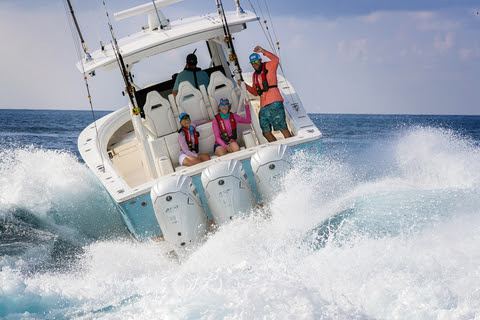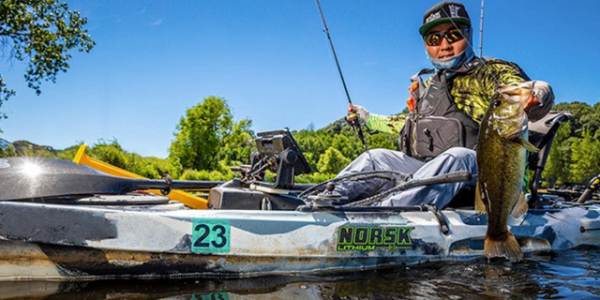Ohio Ice Fishermen Drown

CLEVELAND — The bodies of two men who fell through the ice while ice fishing on Sandy Pond in Oswego, Monday, were recovered following a search by the Coast Guard and first responders from partnering agencies.
Shortly after 11 a.m., a watchstander at Coast Guard Station Oswego received a call from 911 dispatch stating that a good Samaritan reported seeing individuals in the water about one-quarter of a mile offshore in Sandy Pond.
An ice rescue team from Coast Guard Station Oswego responded. Rescue personnel from Sandy Creek Fire Department, the State Police, Oswego County Sheriff’s Department, and local EMS also responded.
When rescuers arrived on scene, one of the fishermen had already gone under water, while the other man was clinging to the edge of the ice. During the attempt to reach the man, he slipped under water and did not resurface.
After searching more than four hours, members of the Sandy Creek Fire Department Dive Team recovered the two fishermen near the area where they fell through the ice.
Earlier in the search, the Coast Guard requested assistance from the Joint Rescue Coordination Centre in Ontario, Canada. Rescue crews aboard a Griffin helicopter and a C-130 assisted in the search. The Coast Guard also launched a rescue crew aboard a Dolphin helicopter from Coast Guard Air Station Detroit. However, they were instructed to return to base after the two fishermen were recovered.
“Our thoughts and prayers are with the family and friends of the two fisherman,” stated Capt. Joseph Dufresne, Coast Guard Sector Buffalo command officer. “I commend the efforts of all who were involved in the rescue efforts.”
The Coast Guard is reminding those who recreate outdoors to be aware of weakening ice as a result of recent warm temperatures. Ice is unpredictable and can be extremely dangerous.
Those who recreate on ice should remember the acronym ICE, which stands for Information, Clothing, and Equipment. Get the right information on weather and ice conditions before going out; know where you’re going, how to get there, and how to call for help. Ensure you wear the proper clothing to prevent hypothermia and choose bright colors to be more easily seen by others.
The Coast Guard also recommends to:
always check the weather and ice conditions before any trip out onto the ice. Ice thickness is not consistent. Water currents, particularly around narrow spots, bridges, inlets and outlets are always suspect for thin ice. Stay away from cracks, seams, pressure ridges, slushy areas and darker areas for these signify thinner ice.
avoid standing if you suspect the ice may be weak or unstable.
wear a Coast Guard-approved personal flotation device. The chances of being rescued and surviving after falling through the ice are significantly higher if wearing a personal floatation device. When the human body is immersed in cold water, an involuntary reaction (gasp reflex or cold shock response) causes a person to take a deep breath, thus inhaling water which begins the drowning process. A PFD allows a person to float with a minimum of energy expended, allows them to get breathing under control and allows the person to assume the heat escape lessening position (H.E.L.P.) – bringing the knees close to the chest and holding them in place by wrapping the arms around the shin portions of the legs.
carry two ice picks or screwdrivers. If one falls through the ice, these instruments can aid in pulling one’s self back onto solid ice. They are much more effective than hands alone, since there’s nothing to grip.
carry a whistle or noise-making device to alert people of distress; carry a VHF-FM radio or Personal Locator Beacon, to contact local emergency responders.
Hypothermia is the biggest danger after falling through the ice, even if one manages to get out immediately. Hypothermia sets in quickly as the human body’s core temperature drops below 95 degrees.






